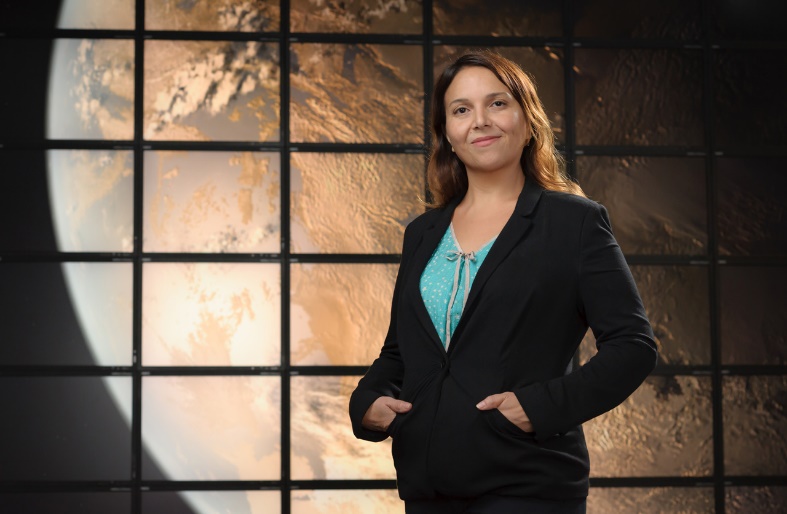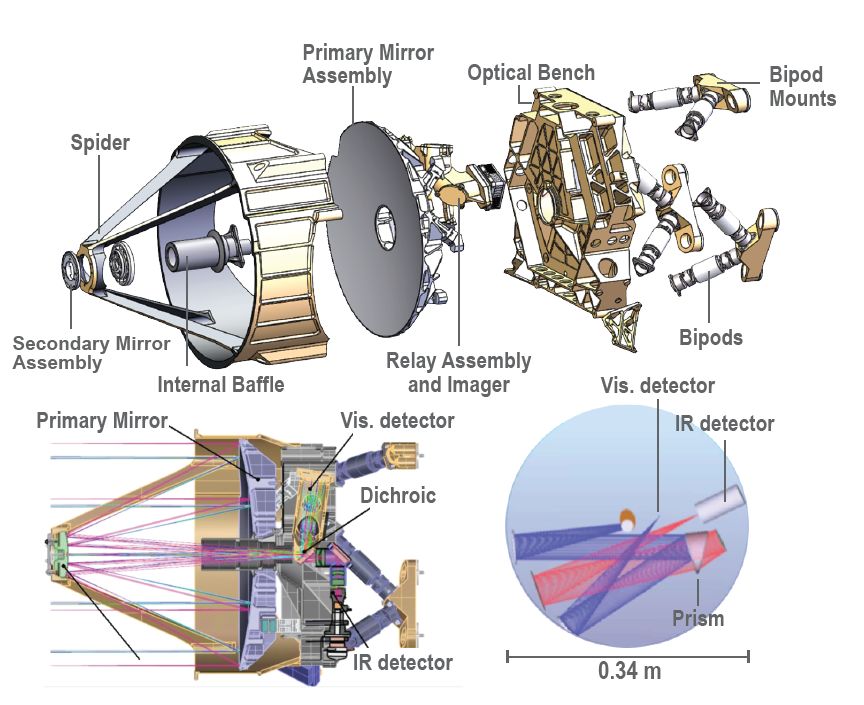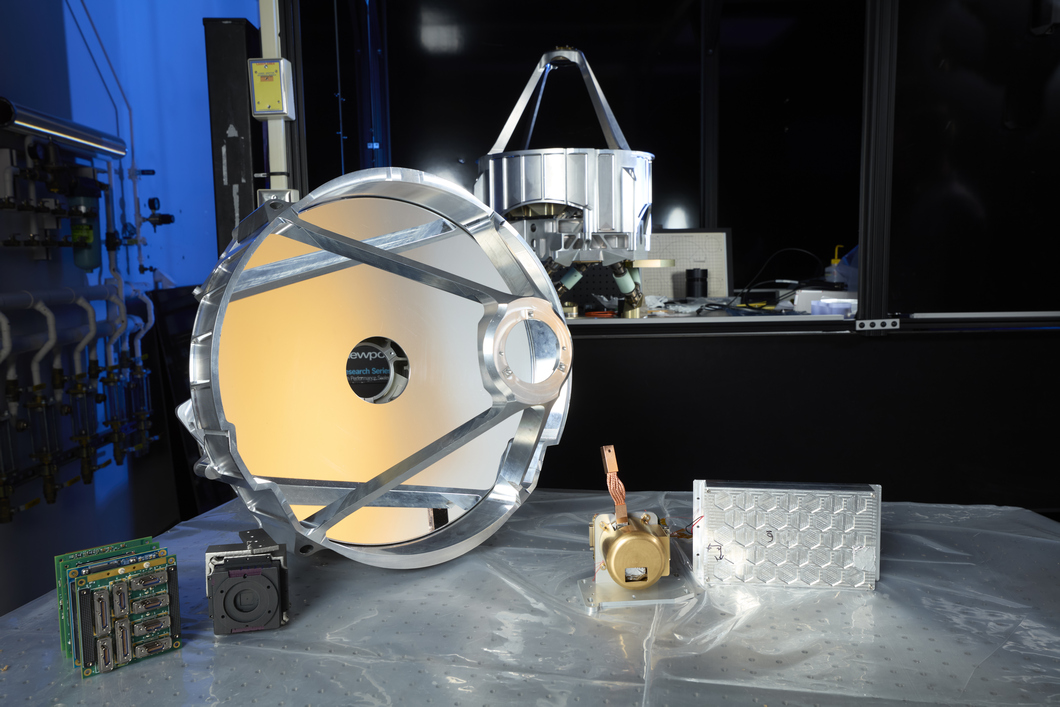SmallSat Missions @ GoddardPandora

Pandora is a GSFC ESPA class SmallSat led by Principal Investigator Dr. Elisa Quintana. The mission is funded by the NASA Science Mission Directorate (SMD) Astrophysics division through the Pioneers program. It is being done in collaboration with Lawrence Livermore National Laboratory, NASA Ames Research Center, and a host of other institutions for science contributions. Pandora's primary objective is to conduct a long baseline survey of transiting exoplanets orbiting nearby stars with simultaneous photometric and spectroscopic observations in order to quantify and correct for stellar contamination in transmission spectra and subsequently identify exoplanets with hydrogen or water dominated atmosphere. If successful, it will be the first to do so. Pandora will survey a wide range of star types (mid-K to late-M) and planet sizes (Earth- to Jupiter-size) to identify correlations with stellar contamination levels and planet star parameters. Pandora will identify benchmark planets that are ideally suited for more in-depth atmospheric studies by JWST, and for future larger missions that will remotely search for signs of life in exoplanet atmospheres. Pandora's instrumentation includes a half-meter all aluminum Cassegrain telescope with a 0.45m diameter aperture and an optical relay system that focuses the light into both an infrared (IR) and a visible detector.

The telescope belongs to Lawrence Livermore National Laboratory's (LLNL) CODA family and is produced by Corning. The IR and visible detectors are being provided by NASA GSFC. LLNL is designing instrument readout electronics and handling the system's thermal design which requires a cryocooler and associated control electronics. The ESPA size spacecraft bus is being provided by Blue Canyon Technologies (BCT). BCT will perform spacecraft integration and environmental testing. NASA ARC is providing advanced science data processing for the mission.
Pandora successfully conducted its Critical Design Review (CDR) in October, 2023. The team has since begun production and testing of flight hardware. Environmental testing of the flight spacecraft will begin in February, 2025. The NASA Launch Services Program is currently in the process of obtaining for Pandora a sun-synchronous LEO orbit opportunity for the fall of 2025.



